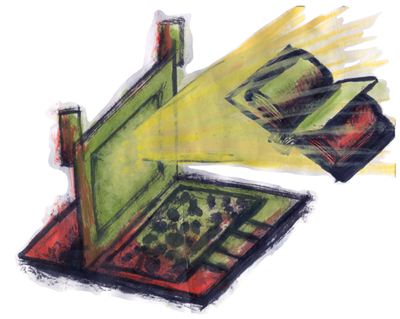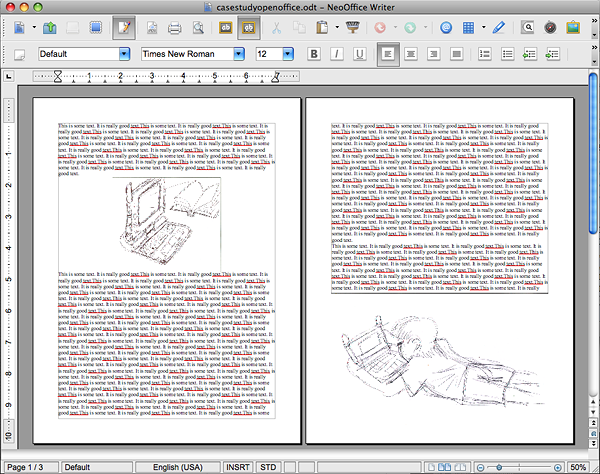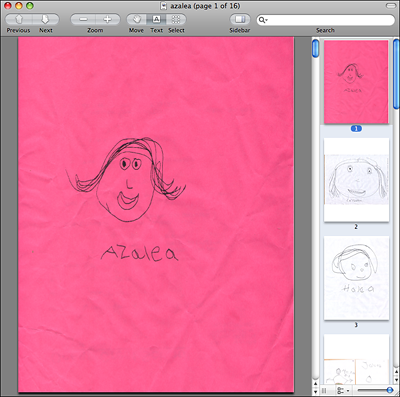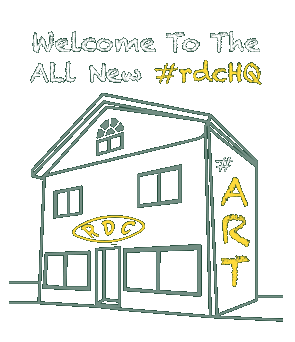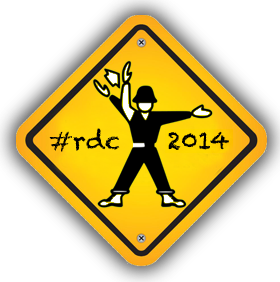Hacker Wednesday 8/4 – Working with ePubs
- August 5th, 2010
- By rdcHQ
Christopher downloaded SIGIL this week, a WYSIWYG ePub editor, and began working with the CSS for “Reading and Leading with Sugar” (now called “An E-Book Revolution”). SIGIL has a flexible GUI with multiple views: Book View, Code View and Split View, and has provided the most flexible interface to date to work with ePubs.
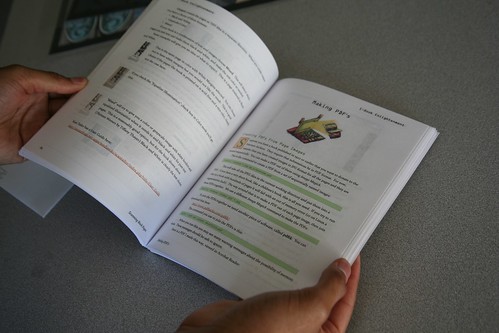
To work with SIGIL, we downloaded the latest version of “Reading and Leading with Sugar” from "OBJAVI, the FLOSS Manuals PDF Publisher." We also had to expand our search for open font libraries that support the @font-face method, including Fontspring and Google font directory. Chris also began incorporating Oceana’s section illustrations into the HTML document (as seen below).

The goal of this exercise is two-fold. We want to create a completely customized version of our own design. We are also working with the author to provide screenshots on the Macintosh platform to enhance “Reading and Leading with Sugar” (now called “An E-Book Revolution” ![]() ).
).

